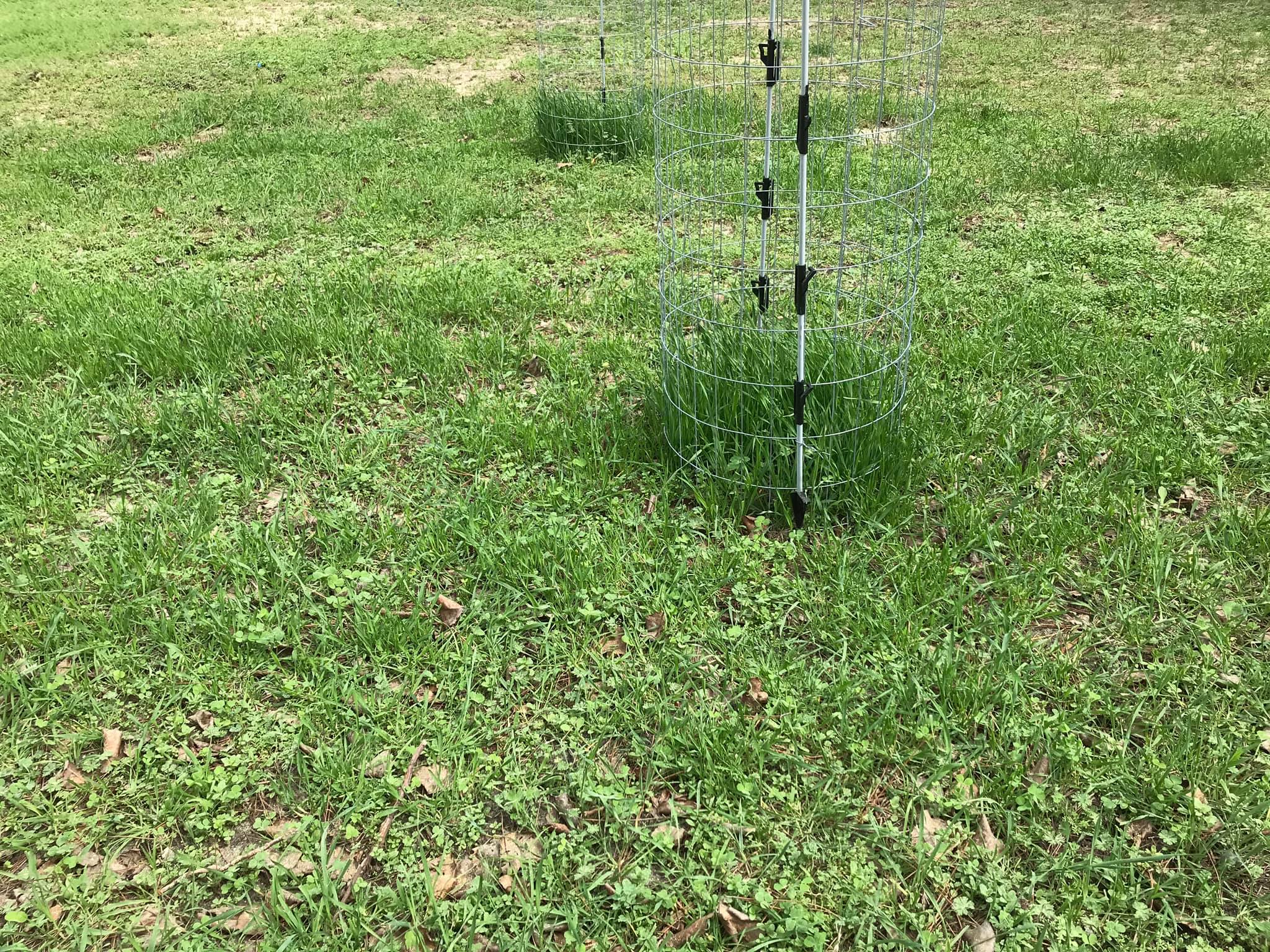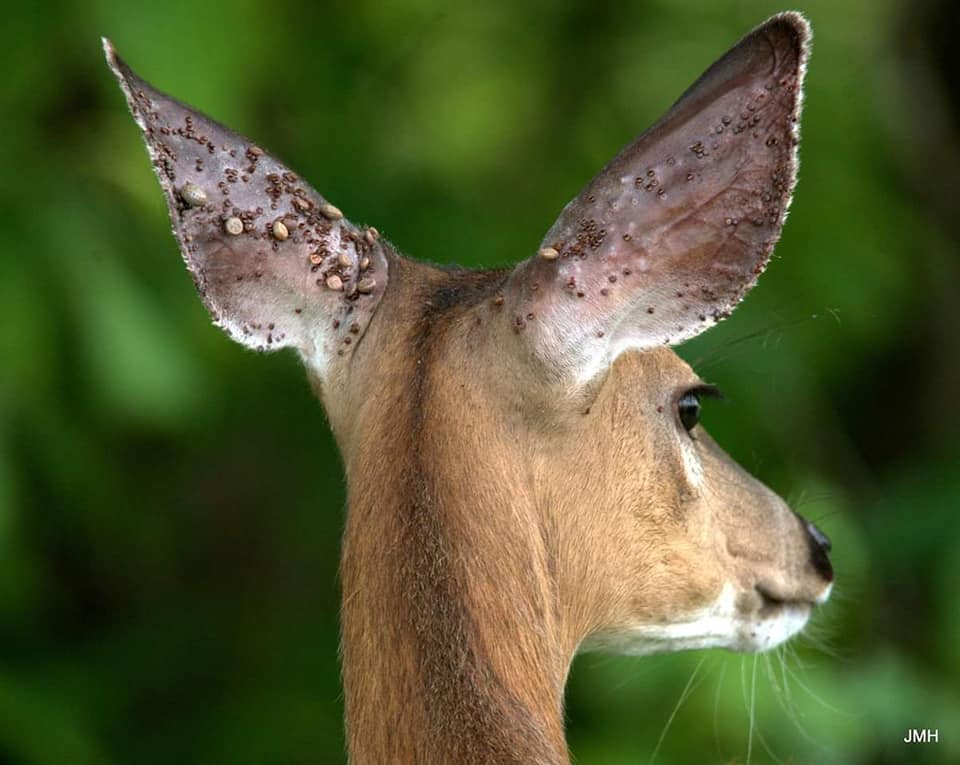This MyWoodlot blog was adapted from a National Deer Association article by Lindsay Thomas.
Hunting is the primary way that states attempt to control deer populations since many of the natural predators (like coyotes, wolves, and mountain lions) do not control the deer populations anymore.

But how do we know when we are killing too many deer or leaving too many deer? Here are some signs that Lindsay Thomas shares:
Full Buck Tags, Empty Doe Tags
For every buck killed take a doe. The goal is to bring the herd into a ratio of two doe per one buck or less. This will usually balance the ratio.
Browse Lines

Look at this picture. See the nice even line with no vegetation below a certain point on the trees? That is due to deer eating everything they can reach in the winter. This is a sign of too many deer and not enough food sources in the winter.
Older Does in the Harvest
State conservation departments estimate the age of a sample population of harvested deer each year by looking at their teeth. This reveals how many four-and-a-half-year-old does are in the population, among many other statistics. You can do this too for areas that you hunt. You want around twenty-five to thirty percent of does in that four-and-a-half and over age bracket. Less than twenty percent is a sign of a young population, meaning you may be harvesting too many does. More than forty percent and you may be under-harvesting does.
Kidney Fat
In the fall if the kidneys are hard to see because there is so much fat around them, that is a sign that the deer is getting enough food. However, if the kidneys are naked or just sparsely covered, that deer is not healthy and is having a tough time finding the food it needs to survive the winter months.
Check Food Plot Cages

Put a small exclosure in your food plots. If the cage is full of food but the food plot is just stubble, it indicates the deer don’t have enough food.

Deer are Eating Crap Forage
Check what deer are browsing. If they are eating low-quality, tough-to-digest plants it means you have too many deer. They may have enough food during the growing season, but eating things like Hemlock in the winter is a sign of not enough good forage.
The Rut is a Dud
Do you see bucks chasing does, buck fights and lots of rubs and scrapes? If not, there are likely too many does which makes it easy for bucks to find and breed a doe without competing with other bucks.
Non-Native Plants Rule
Deer shy away from non-native plants. If plants like multiflora rose, barberry and autumn olive are in abundance, that is a sign of too many deer.
Ticks and Internal Parasites are Abundant
Overpopulation of deer leads to poor health and that makes them more susceptible to parasites.

Do an inventory in some of the above areas and if you come up with too many deer, try reducing the doe population through filling doe tags and see if you can improve the long-term herd health.





